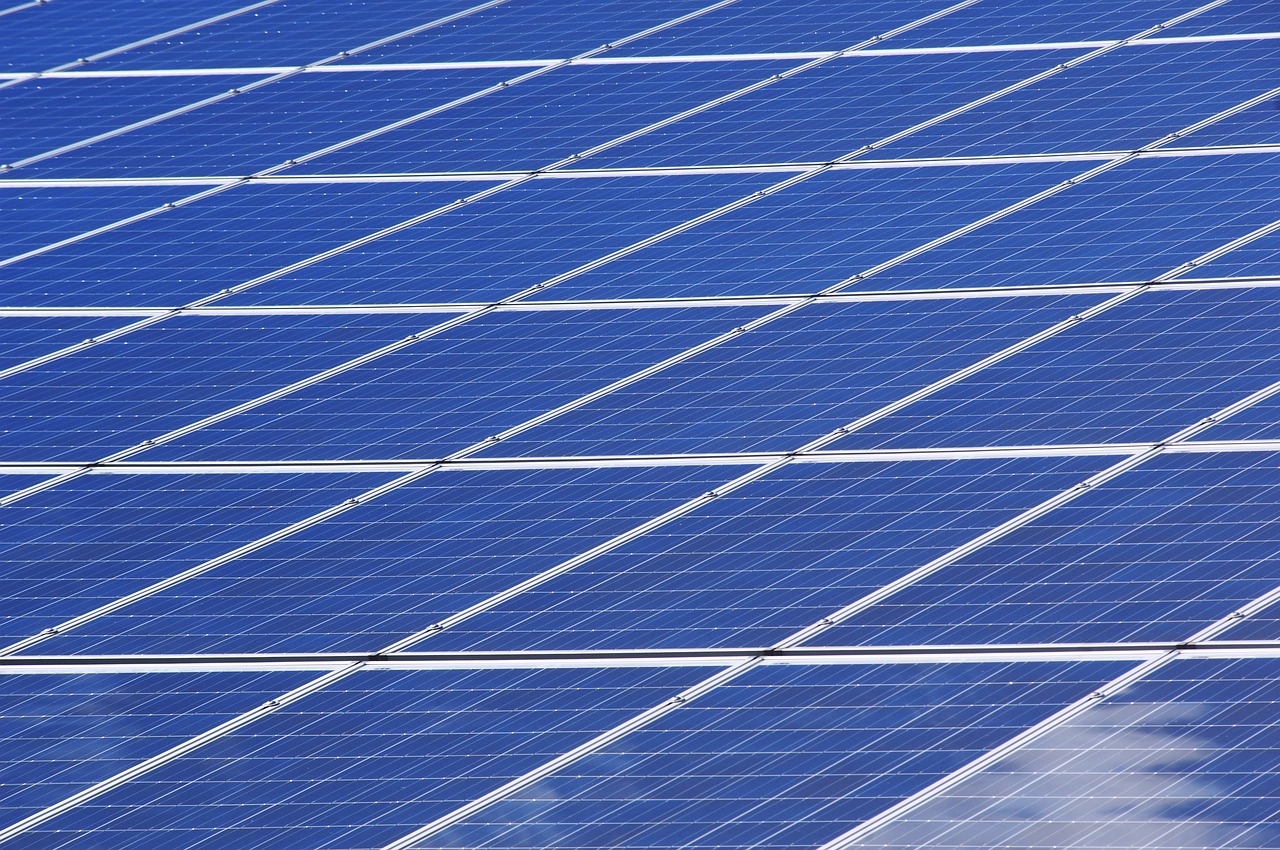
WASHINGTON —Department of Energy properties used for nuclear weapons work could soon be tapped for development of new carbon-free energy under an effort unveiled Friday in Washington by Secretary of Energy Jennifer Granholm.
The program, dubbed DOE’s Cleanup to Clean Energy initiative, would repurpose parcels around the weapons complex for non-carbon-emitting electricity, potentially creating enough of it “to power entire cities,” Granholm said here in prepared remarks to an audience including contractors, federal employees and a small contingent of media.
DOE has been working on Cleanup to Clean for “months,” said Granholm, who departed after her speech and did not take questions from either the media or industry.
In their own prepared remarks here in the repurposed cafeteria of the agency’s Forrestal Building headquarters, senior DOE officials said the plan is to lease tracts of federal land to companies or teams of companies.
The details of those arrangements are to be decided, and there is no specific appropriation that provides funding for Cleanup to Clean, Ike White, DOE’s senior advisor for Environmental Management, told members of the press here.
The DOE itself would be a long-term customer for any electricity produced on the leased land, said Kathryn Huff, assistant secretary of energy for nuclear energy, but both she and White said that Cleanup to Clean would ideally provide electricity to cities and towns surrounding the agency’s remote, rural nuclear sites.
“I would be disappointed if land on the scale that we’re talking about wouldn’t generate a whole lot more than just what DOE needs,” White told reporters, adding that “there are certainly plenty of developers who have expressed interest” in setting up a solar farm at the Hanford site in Washington state. White did not identify these people.
White also did not say when the agency might request proposals for Cleanup to Clean projects, though he did say that DOE will explore the landscape at Hanford first.
To that end, DOE plans a local Cleanup to Clean industry day at the former plutonium production complex in eastern Washington on Sept. 22, White said.
All told DOE has identified about 70,000 acres for potential development at five nuclear properties: Idaho National Laboratory; the Nevada National Security Site; the Hanford Site in Washington; the Savannah River Site in South Carolina and the Waste Isolation Pilot Plant in New Mexico.
Projects proposed for Idaho would be more nuclear in nature than not, said Huff, owing to federal set-aside agreements that reserve big parcels of the desert complex for nuclear use.
Friday’s industry day for entities experienced in developing clean-energy electricity projects generating 200 megawatts or more was announced in a June 30 Federal Register notice.
In executive order 14057, President Joe Biden called on agencies to reach 100% net carbon-free electricity on an annual basis as early as 2030.
Clean energy is defined under the initiative as including nuclear, solar, wind, geothermal, certain hydroelectric, hydrokinetic energy such as ocean waves, some hydrogen and even certain fossil fueled units equipped with carbon capture and storage facilities.
There has been an increasing push under the Biden administration to equip federal nuclear sites and surrounding communities with everything from electric vehicle charging stations to advanced small modular reactors. Just within the past month, longtime DOE manager Candice Robertson, returned to the Office of Environmental Management from the Nuclear Regulatory Commission to serve as a special adviser on clean energy.
Brownfield, or previously-used industrial sites, such as the DOE locations are often targeted for future development because they often have not only the necessary land and zoning requirements but also access to needed infrastructure such as large power lines for electric transmission.